Home>Garden Essentials>How Do Seed Drills Work
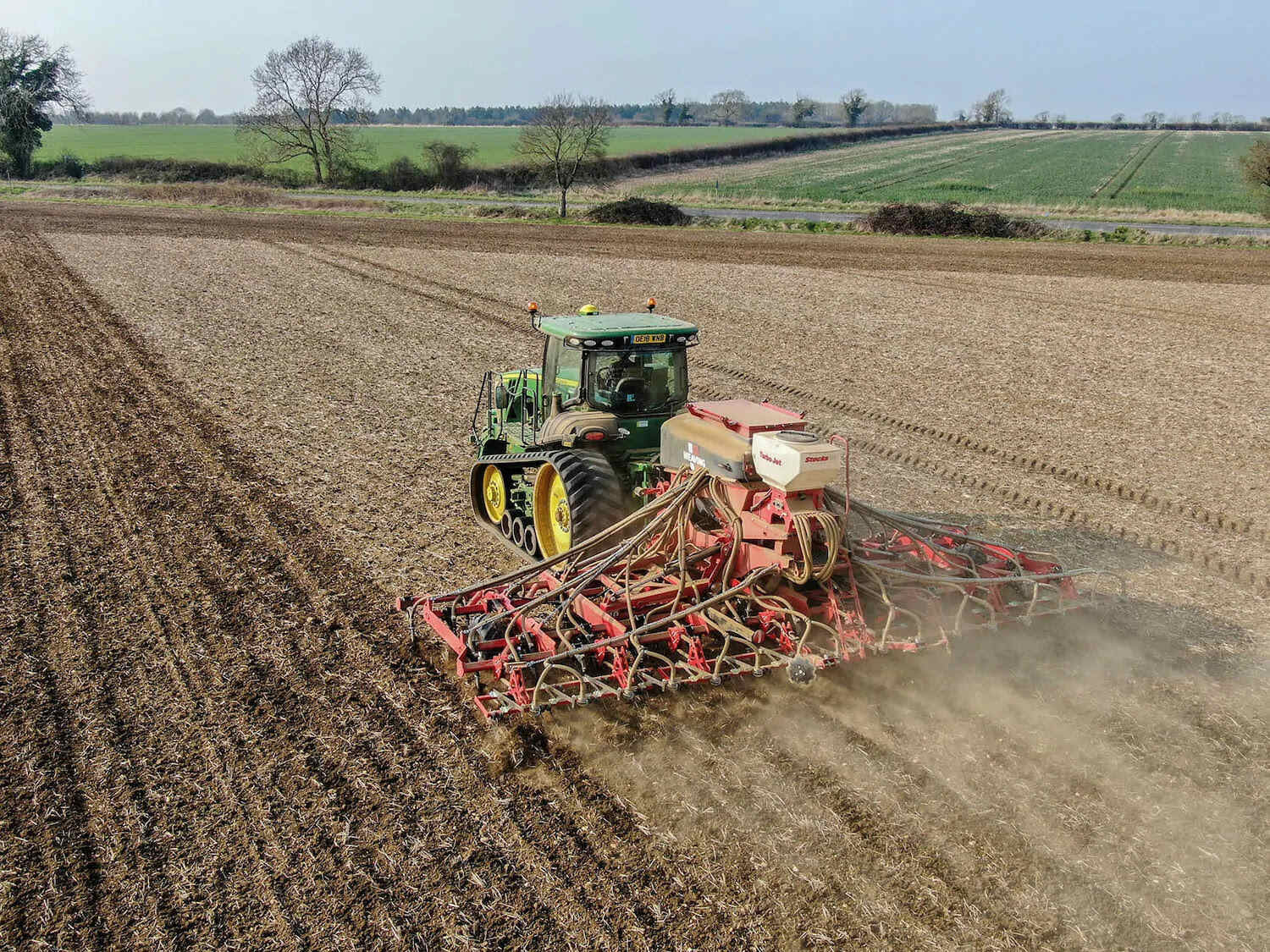

Garden Essentials
How Do Seed Drills Work
Modified: August 17, 2024
Discover how seed drills work in the garden and improve your planting efficiency. Learn about the benefits and techniques of using seed drills for successful gardening.
(Many of the links in this article redirect to a specific reviewed product. Your purchase of these products through affiliate links helps to generate commission for Storables.com, at no extra cost. Learn more)
Introduction
When it comes to gardening, one key aspect that determines the success of your plants is how effectively you sow the seeds. It’s crucial to ensure proper seed placement, spacing, and depth to promote healthy growth and maximize yields. This is where seed drills come into play.
A seed drill is a specialized tool that revolutionizes the way seeds are planted. It is designed to efficiently and accurately sow seeds in a controlled manner, saving both time and effort for gardeners and farmers. Whether you have a small garden or a large agricultural plot, understanding how seed drills work can greatly improve the effectiveness of your planting process.
Seed drills can be mechanical or manual, depending on the scale of your gardening needs. They are equipped with various components that aid in precise seed placement and ensure optimum growing conditions for your plants. By utilizing a seed drill, you can streamline your planting process, increase efficiency, and improve overall crop yields.
In this article, we will delve into the inner workings of seed drills, explore their components, and discuss the benefits they bring to your garden. We will also highlight the common types of seed drills available and provide key factors to consider when using them. Lastly, we will touch on the importance of maintaining and caring for your seed drill to ensure its longevity and reliable performance.
So, if you’re ready to take your gardening game to the next level and achieve optimal seed sowing, let’s dive into the fascinating world of seed drills!
Key Takeaways:
- Seed drills ensure precise and efficient seed placement, saving time and labor while promoting healthy plant growth and maximizing crop yields.
- Regular maintenance and proper calibration are crucial for the reliable performance and longevity of seed drills, ensuring optimal seed sowing results.
Read more: What Does The Seed Drill Do
Definition of Seed Drills
A seed drill is a precision planting tool used in gardening and agriculture to sow seeds in a controlled manner. It is designed to distribute seeds evenly and at the proper depth, ensuring optimal germination and plant growth.
Seed drills are highly efficient compared to traditional methods such as broadcasting or hand-seeding. With a seed drill, you can save time and effort by accurately placing seeds at the desired spacing and depth. This eliminates the need for thinning and reduces competition among plants for resources, resulting in healthier crops and higher yields.
Seed drills come in various sizes and configurations to suit different planting needs. Small-scale gardeners may opt for handheld or small manual seed drills, while large-scale farmers use mechanical or tractor-mounted seed drills to cover vast areas quickly.
One of the key features of a seed drill is the seed hopper, which holds and measures the seeds before they are dropped into the ground. The hopper can typically be adjusted to accommodate different seed sizes and planting rates. The seeds are then released through tubes or channels that guide them to the planting mechanism.
Seed drills are equipped with mechanisms such as seed discs, flutes, or coulters, which create furrows or holes in the soil for seed placement. These mechanisms ensure that seeds are placed at the correct depth for optimal germination. Some seed drills also have press wheels or covers that firm the soil around the seeds, promoting good seed-to-soil contact.
In addition to their precision in seed placement, seed drills often come with features to adjust the spacing between plants. This allows gardeners and farmers to tailor the planting density to the specific requirements of the crop they are growing.
Overall, seed drills are essential tools in modern gardening and agriculture, enabling efficient and accurate seed sowing. They not only save time but also improve crop health, reduce labor costs, and increase overall productivity. Whether you’re planting a small garden or managing a large farm, incorporating a seed drill into your planting process can greatly enhance your success and yield.
Components of Seed Drills
A seed drill consists of several key components that work together to ensure precise and efficient seed placement. Understanding the different parts of a seed drill will help you optimize its performance and make the most of your planting process. Let’s take a closer look at these components:
- Seed Hopper: The seed hopper is a container that holds the seeds before they are dispensed. It is usually situated at the top of the seed drill and is equipped with a mechanism to regulate the flow of seeds. The size and capacity of the seed hopper can vary depending on the type and size of the seed drill.
- Seed Metering Device: The seed metering device is responsible for controlling the rate of seed distribution. It ensures that the seeds are released in a consistent manner, allowing for uniform spacing and proper seed-to-soil contact. Different seed drills employ various mechanisms, such as flutes, seed discs, or metering wheels, to achieve accurate seed metering.
- Furrow Opener: The furrow opener is the component that creates a furrow or slot in the soil where the seeds will be placed. It can be in the form of a disc, coulter, or a combination of both. The furrow opener cuts through the soil surface, preparing the seedbed for seed placement.
- Seed Tubes or Channels: Seed tubes or channels guide the seeds from the seed hopper to the furrow opener. They ensure that the seeds are directed into the furrows with precision, minimizing seed wastage and ensuring accuracy in seed placement.
- Seed Delivery Mechanism: The seed delivery mechanism is responsible for dropping the seeds into the furrows created by the furrow opener. It can be a gravity-based system, where the seeds fall from the seed hopper directly into the furrows, or a mechanical system that uses air or vacuum to transport the seeds to the furrow.
- Press Wheels or Covers: Press wheels or covers follow the seed delivery mechanism and help firm the soil around the seeds. This ensures good seed-to-soil contact and provides stability to the planted seeds. Press wheels also help maintain consistent planting depth, especially in uneven terrain.
- Depth Adjustment Mechanism: Most seed drills come with a depth adjustment mechanism that allows you to set the desired planting depth. This feature is essential for ensuring that the seeds are placed at the optimal depth for germination and growth, considering factors such as soil type and crop requirements.
- Row Spacing Adjustment: Some seed drills offer the flexibility to adjust the row spacing. This allows you to customize the distance between the planted rows according to the requirements of your crops. Adjustable row spacing ensures efficient use of available space and optimizes plant growth and access to resources.
These components work in harmony to deliver seeds accurately and effectively into the soil. The combination of proper seed metering, furrow opening, seed delivery, and seed-to-soil contact ensures optimal germination and helps to maximize crop yields. By understanding and maintaining these components, you can make the most out of your seed drill and improve the success of your planting endeavors.
Working Mechanism of Seed Drills
The working mechanism of a seed drill involves a series of precise actions that ensure the proper placement of seeds in the soil. Let’s explore the step-by-step process of how seed drills work:
- Filling the Seed Hopper: The first step is to fill the seed hopper with the desired type and quantity of seeds. The hopper is usually located at the top of the seed drill and can be adjusted to accommodate different seed sizes.
- Seed Metering: Once the seed hopper is filled, the seed metering device comes into play. This device controls the flow of seeds from the hopper, ensuring a consistent rate of seed distribution. It may utilize mechanisms such as flutes, seed discs, or metering wheels to achieve this.
- Creating Furrows: As the seed drill moves forward, the furrow opener component cuts through the soil surface, creating furrows or slots. The depth and spacing of these furrows can be adjusted according to the specific requirements of the crop.
- Seed Placement: The seeds are then delivered from the seed metering device through seed tubes or channels. These tubes guide the seeds into the furrows created by the furrow opener. The speed of the seed drill determines the rate at which the seeds are dropped into the furrows.
- Soil Coverage: After the seeds are placed in the furrows, press wheels or covers follow behind, gently pressing the soil around the seeds. This ensures good seed-to-soil contact and helps prevent seed displacement.
- Adjustment and Calibration: Before using a seed drill, it is crucial to adjust and calibrate it properly. This involves setting the appropriate planting depth and row spacing according to the specific requirements of the crop being planted. Calibration ensures precise seed placement and maximizes seed-to-soil contact.
- Repeat the Process: The above steps are repeated as the seed drill continues its forward motion. As a result, rows of evenly spaced seeds are planted in the soil, promoting efficient germination and uniform growth.
By employing this working mechanism, seed drills ensure accurate seed placement, optimum seed-to-soil contact, and uniform spacing between seeds and rows. This promotes healthy germination and growth, reduces competition among plants, and enhances overall crop productivity.
It’s important to note that the working mechanism of seed drills can vary depending on the specific design and configuration of the equipment. Different seed drill models may have additional features or variations in the components mentioned above. Therefore, it is essential to refer to the manufacturer’s instructions and specifications for your specific seed drill model to ensure proper operation and seed placement.
Benefits of Using Seed Drills
Utilizing seed drills in your gardening or farming practices offers numerous advantages that can significantly enhance the efficiency and effectiveness of your seed sowing. Let’s explore some of the key benefits of using seed drills:
- Precision and Accuracy: Seed drills ensure precise seed placement and spacing, resulting in uniform germination and even crop growth. This eliminates the need for manual thinning and reduces competition among plants for resources, maximizing the overall yield.
- Time and Labor Savings: By automating the seed sowing process, seed drills save considerable time and effort compared to traditional methods such as broadcasting or hand-seeding. You can cover larger areas in less time, allowing you to focus on other essential tasks in your garden or farm.
- Increased Efficiency: Seed drills enable rapid and consistent seed placement, improving the efficiency of your planting process. This translates into reduced seed wastage, as the controlled distribution ensures that seeds are used optimally and not scattered or lost in unintended areas.
- Improved Crop Health: The precise seed depth and spacing provided by seed drills create ideal growing conditions for your plants. Each seed has the necessary access to nutrients, water, and sunlight, promoting healthier root development and plant growth. Additionally, proper seed-to-soil contact enhances moisture retention and reduces the risk of seed desiccation.
- Optimal Resource Allocation: By spacing seeds evenly and planting at the proper depth, seed drills ensure that each plant has equal access to essential resources such as sunlight, water, and nutrients. This reduces competition among plants, minimizes resource wastage, and enhances overall resource utilization efficiency.
- Versatility and Adaptability: Seed drills come in various sizes and configurations to suit different gardening and farming needs. Whether you have a small garden or a large agricultural plot, there is a seed drill available to meet your specific requirements. This allows you to customize your seed sowing approach according to the scale and nature of your operation.
- Enhanced Planting Depth Control: Most seed drills come with adjustable planting depth mechanisms. This feature allows you to set the optimal depth for each crop type, taking into account soil conditions and the specific requirements of your plants. Consistent planting depth promotes uniform germination and improved root establishment.
- Crop Rotation and Succession Planting: Seed drills facilitate easier crop rotation and succession planting by ensuring accurate spacing and seed placement. You can efficiently transition between different crops or plant new batches in a systematic manner, optimizing the use of available space and crop rotation benefits.
- Conservation of Seeds: Seed drills enable efficient seed distribution, ensuring that each seed is placed precisely where desired. This reduces the risk of seed wastage and allows you to make the most of the seeds you have, optimizing your seed supply and reducing costs.
Overall, the use of seed drills brings a range of benefits that enhance the productivity, efficiency, and health of your plants. By employing these innovative tools, you can optimize your planting process, save time and labor, and achieve remarkable results in your garden or farm.
Seed drills work by precisely planting seeds at the right depth and spacing, ensuring optimal growth. They use a mechanism to create furrows in the soil, deposit the seeds, and cover them with soil. This helps improve crop yield and efficiency.
Read more: What Was The Seed Drill Used For
Common Types of Seed Drills
Seed drills come in various types and configurations, each designed to cater to different planting needs and scales. Understanding the common types of seed drills available can help you choose the most suitable one for your gardening or farming operation. Let’s explore some of the commonly used seed drill types:
- Handheld Seed Drills: Handheld seed drills are manual tools that are ideal for small-scale gardening and precision planting. They are lightweight, easy to use, and allow for precise seed placement. Handheld seed drills are commonly used for planting seeds in small gardens, raised beds, or container gardens.
- Push Seed Drills: Push seed drills are manually operated tools that require you to push them along the soil surface as the seeds are dropped into the furrows. They work well for small to medium-sized gardens and offer more control and accuracy compared to hand broadcasting or hand-seeding.
- Tractor-Mounted Seed Drills: Tractor-mounted seed drills are larger and more efficient machines designed for larger-scale farming operations. They are attached to the back of a tractor and pulled along the field. These seed drills are capable of covering broader areas and can be adjusted to handle various seed types and planting densities.
- Pneumatic Seed Drills: Pneumatic seed drills are equipped with a pneumatic system that uses air or vacuum to transport and distribute seeds. They offer precise seed placement, and the adjustable airflow allows for accurate seed metering. Pneumatic seed drills are commonly used in commercial agriculture for sowing crops such as corn, soybeans, and wheat.
- No-Till Seed Drills: No-till seed drills are designed to plant seeds directly into untilled soil, eliminating the need for prior soil preparation. They preserve soil structure and reduce erosion by minimizing soil disturbance. No-till seed drills are often used in conservation agriculture practices or when reseeding pasture areas.
- Box Drill Seeders: Box drill seeders are seed drills equipped with multiple seed hoppers or boxes. Each box contains a different type of seed, allowing for the simultaneous planting of various crops or the blending of different seed mixtures. Box drill seeders are commonly used in multi-crop farming systems or when planting cover crops.
- Double Disc Seed Drills: Double disc seed drills utilize two discs to create furrows and drop seeds simultaneously. The discs cut through the soil and create a furrow, while the seed delivery mechanism drops the seeds into the furrows. Double disc seed drills are often used for precise seed placement and are suitable for planting small seeds such as vegetables or grass.
- Strip Till Seed Drills: Strip till seed drill combines both tillage and planting functions. It tills only a narrow strip of soil where the seeds will be planted, leaving the rest of the field undisturbed. Strip till seed drills are commonly used in row crop farming and are known for improving seed-to-soil contact while reducing soil erosion.
It’s essential to choose the right type of seed drill that suits your specific gardening or farming needs. Factors such as the size of the planting area, the type of crops you want to grow, and your desired level of precision will influence your choice of seed drill. Consulting with experts or searching for specific product recommendations will help you find the perfect seed drill for your gardening or farming endeavors.
Factors to Consider When Using Seed Drills
While seed drills are efficient tools for precision seed sowing, it’s important to consider certain factors to ensure their effective and successful operation. Taking these factors into account will help you optimize your planting process and maximize the benefits of using seed drills. Let’s explore the key factors to consider when using seed drills:
- Soil Condition: Soil plays a vital role in seed germination and plant growth. It’s essential to assess the soil condition before using a seed drill. Factors such as soil moisture, texture, compaction, and fertility should be considered. Adjusting the seed drill accordingly, such as using depth control mechanisms, can help accommodate different soil conditions.
- Seed Quality: Good seed quality is crucial for successful plant establishment. Ensure that the seeds you use are of high quality, free from disease, and have high germination rates. Check the seeds for any signs of damage or contamination before loading them into the seed drill.
- Proper Calibration: Calibration is a vital step in using a seed drill. It involves adjusting the seed drill to ensure accurate seed placement and distribution. Follow the manufacturer’s instructions and guidelines to calibrate the seed drill based on the seed type, size, and desired planting rate. Regularly check and recalibrate the seed drill as needed to maintain optimum performance.
- Planting Depth and Spacing: Proper planting depth and spacing are critical for seed germination and plant development. Adjust the seed drill’s depth control mechanism to plant the seeds at the appropriate depth for each crop. Similarly, adjust the row spacing feature to accommodate the specific requirements of the crop, considering factors such as sunlight exposure and airflow.
- Seed Type and Size: Different seed drills are designed for specific seed types and sizes. Ensure that the selected seed drill is suitable for the seeds you intend to plant. Adjust the seed metering device, seed discs, or other relevant components to match the size and shape of the seeds for accurate seed distribution.
- Weather Conditions: Weather conditions can greatly impact seed germination and plant growth. Consider the current or forecasted weather conditions before using a seed drill. Excessively wet or dry soil may affect seed placement and seed-to-soil contact. Adapting the planting schedule and making adjustments to the seed drill can help mitigate potential weather-related challenges.
- Maintenance and Cleaning: Regular maintenance and cleaning of the seed drill are crucial for optimal performance and longevity. Clean the seed hopper, seed tubes, furrow openers, and other components after each use to remove debris and prevent clogging. Lubricate moving parts, inspect for any damage, and replace worn out or damaged parts as necessary.
- Operator Skill and Experience: Properly operating a seed drill requires skill and experience. Familiarize yourself with the specific seed drill model you are using. Understand the functions and adjustments of each component, and practice using the seed drill in a controlled environment before using it in your actual planting area. Continuous learning and improvement will help you maximize the benefits of using a seed drill.
By considering these factors when using a seed drill, you can optimize the seed sowing process, promote healthy plant growth, and achieve higher crop yields. Regular monitoring and adjustments based on these factors will ensure the effective and efficient operation of your seed drill throughout the planting season.
Maintenance and Care of Seed Drills
Maintaining and caring for your seed drill is essential to ensure its longevity and reliable performance. Proper maintenance practices will help you avoid breakdowns, optimize seed placement accuracy, and extend the life of your equipment. Here are some important maintenance and care tips for seed drills:
- Cleaning: After each use, thoroughly clean the seed drill to remove any seed debris, soil, or other accumulations. Empty the seed hopper and clean the seed tubes, furrow openers, and seed delivery mechanisms. This will prevent clogging and ensure smooth seed flow during the next use.
- Lubrication: Regularly lubricate the moving parts of the seed drill as recommended by the manufacturer. This includes lubricating the seed metering device, wheel bearings, and any other rotating or sliding components. Proper lubrication reduces friction, prevents wear and tear, and ensures smooth operation.
- Inspect for Damage: Routinely inspect the seed drill for any signs of damage or wear. Check for loose or damaged parts, worn-out coulters or discs, and frayed seed tubes or delivery mechanisms. Replace or repair any damaged components promptly to maintain the seed drill’s optimal performance.
- Calibration: Regularly calibrate the seed drill to ensure accurate seed placement and distribution. Follow the manufacturer’s instructions to adjust the seed metering device, depth control mechanism, and row spacing feature according to the specific seed type and planting requirements. Regular calibration ensures consistent and optimal performance.
- Storage: When storing the seed drill, choose a clean and dry area. Protect the seed drill from exposure to moisture, heat, and direct sunlight. Cover or store the seed drill in a shed, garage, or designated storage space to prevent rust or damage. Remove any leftover seeds from the hopper and clean the machine before storage.
- Training and Education: Stay informed and updated on the proper operation and maintenance of your specific seed drill model. Attend training sessions or workshops offered by the manufacturer or agricultural organizations. Keep the instruction manual readily available for reference, and ensure that all operators are trained in the correct use and maintenance of the seed drill.
- Replace Worn Parts: Over time, certain wearing parts of the seed drill may need replacement. Keep track of the condition and lifespan of components such as discs, coulters, press wheels, and bearings. Regularly assess their condition and replace them when necessary to maintain the seed drill’s efficiency and accuracy.
- Periodic Servicing: Schedule periodic servicing of your seed drill to check for any internal issues or adjustments that may be required. Engage a qualified technician to conduct a thorough inspection, perform routine maintenance tasks, and address any specific concerns that may arise.
By following these maintenance and care practices, you can extend the life of your seed drill, ensure its reliable operation, and optimize seed sowing performance. Regular maintenance not only benefits the longevity and usability of your equipment but also contributes to the overall success of your gardening or farming endeavors.
Conclusion
Seed drills are an indispensable tool for gardeners and farmers, revolutionizing the way seeds are planted. With their precise seed placement, controlled distribution, and efficient operation, seed drills offer numerous benefits that can greatly enhance the success of your planting endeavors.
Understanding the components, working mechanism, and types of seed drills available allows you to choose the most suitable one for your specific needs. Whether you have a small garden or a large agricultural plot, there is a seed drill that can streamline your planting process and optimize seed-to-soil contact.
The benefits of using seed drills are multifaceted. They save you valuable time and labor, increase efficiency, and promote uniform germination and growth. Precise seed placement and spacing reduce competition among plants, leading to healthier crops and higher yields. The ability to adjust planting depth, row spacing, and accommodate various seed sizes further enhances the versatility and effectiveness of seed drills.
However, it’s important to consider certain factors when using seed drills. Soil conditions, seed quality, proper calibration, and attention to weather conditions all contribute to successful seed sowing. Regular maintenance, cleaning, lubrication, and thorough inspections help ensure reliable and efficient performance of the seed drill over time.
In conclusion, incorporating a seed drill into your gardening or farming practices can significantly improve your planting process’s precision, efficiency, and overall productivity. By harnessing the power of these remarkable tools and following proper maintenance and care practices, you can achieve remarkable results in your garden or farm. So, embrace the potential of seed drills and enjoy the rewards of successful and bountiful harvests.
Frequently Asked Questions about How Do Seed Drills Work
Was this page helpful?
At Storables.com, we guarantee accurate and reliable information. Our content, validated by Expert Board Contributors, is crafted following stringent Editorial Policies. We're committed to providing you with well-researched, expert-backed insights for all your informational needs.
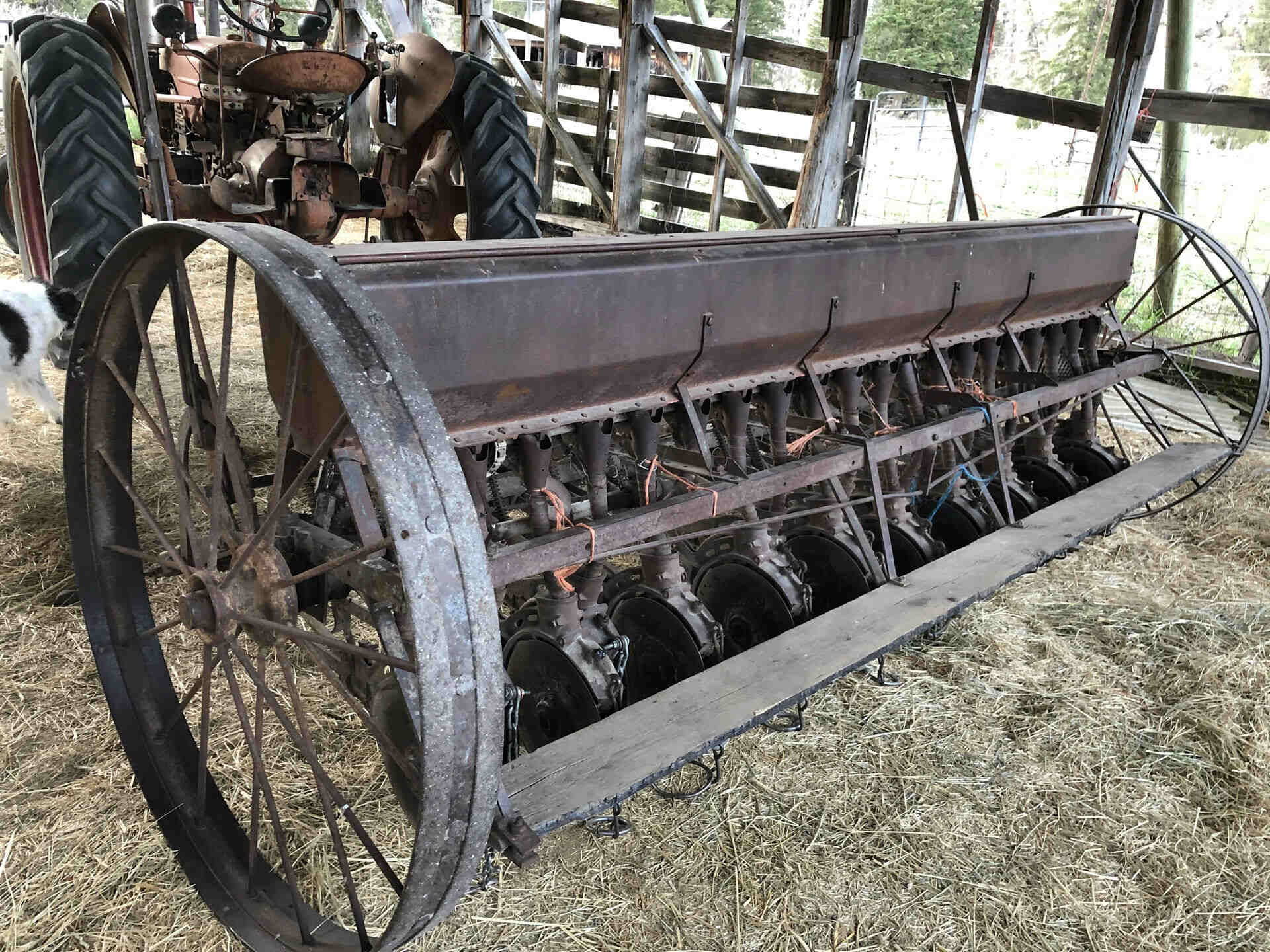
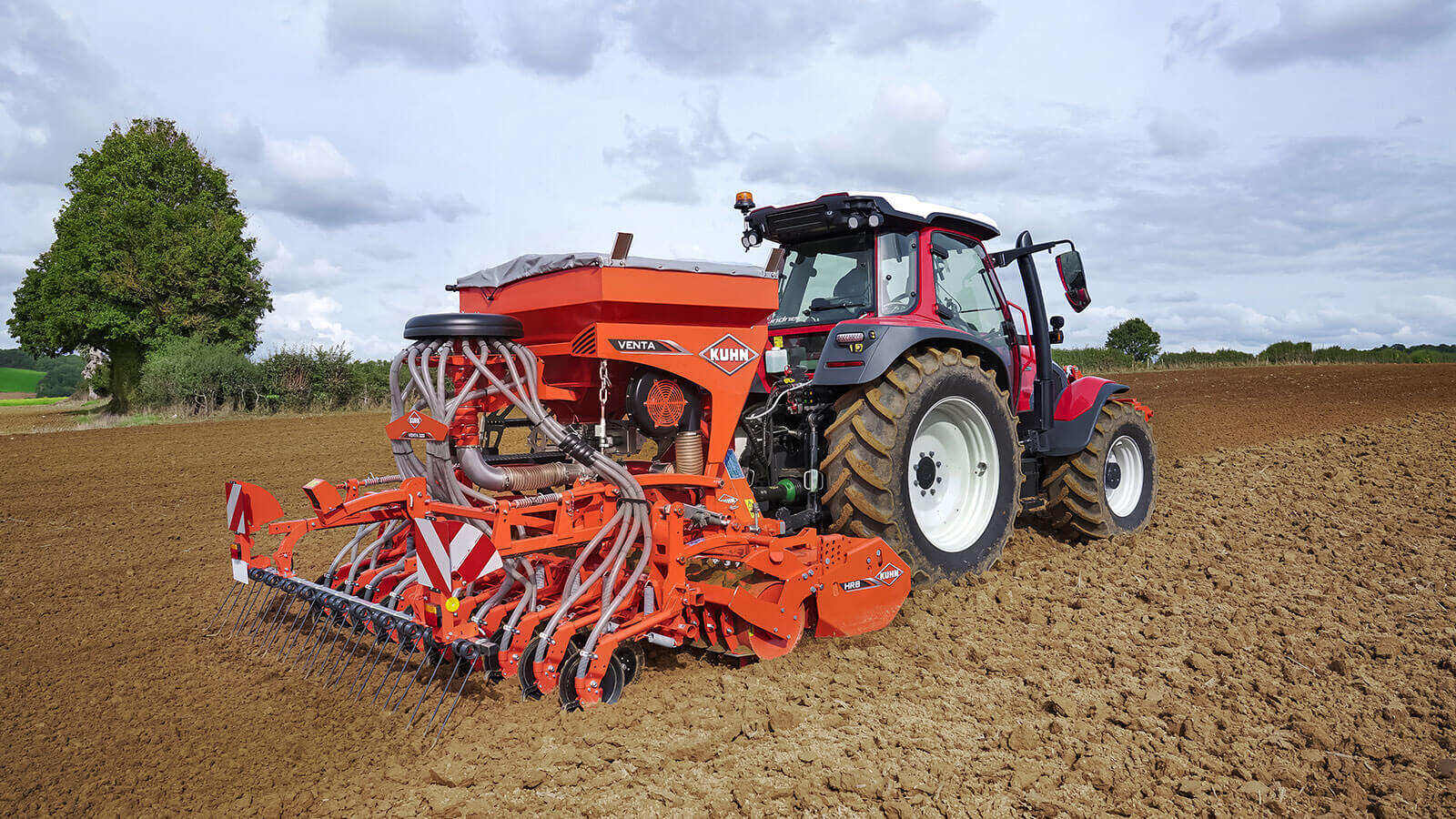
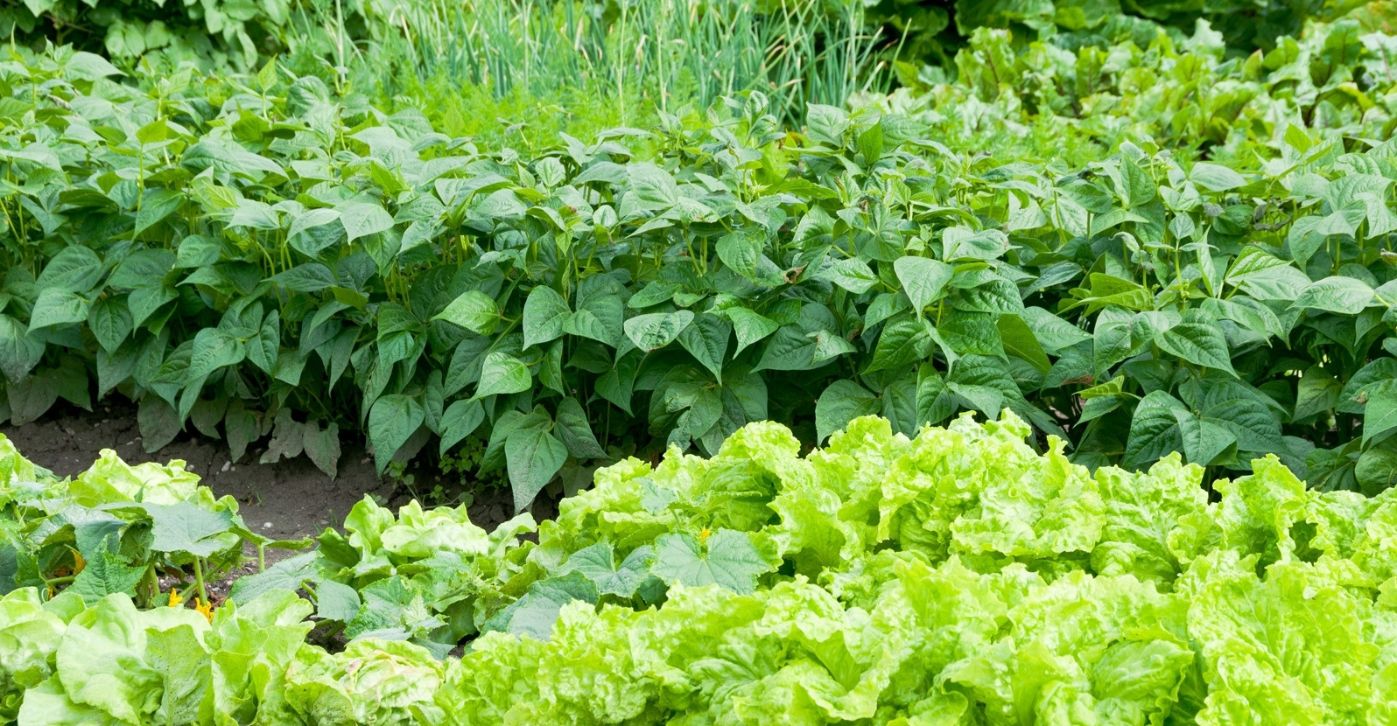

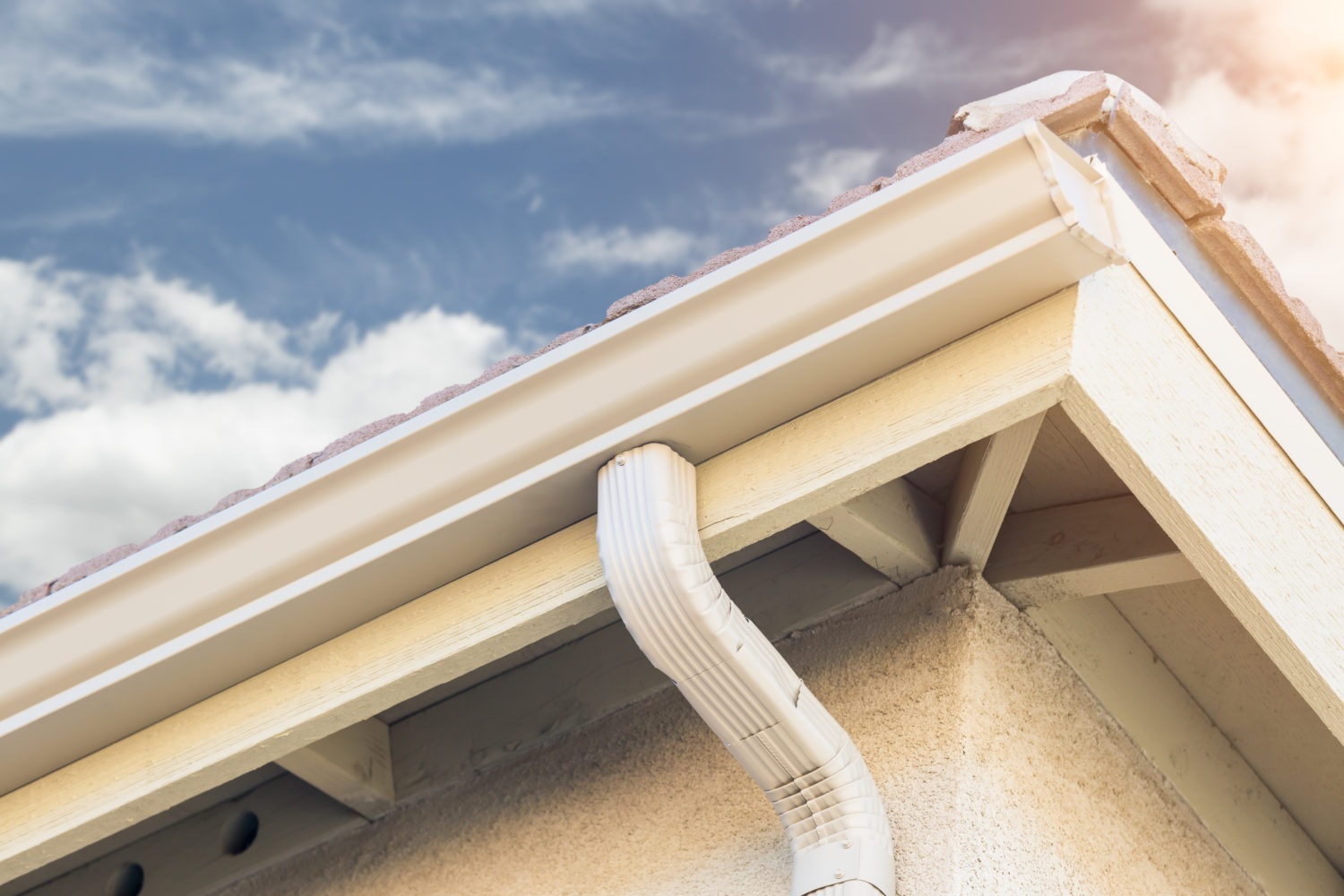
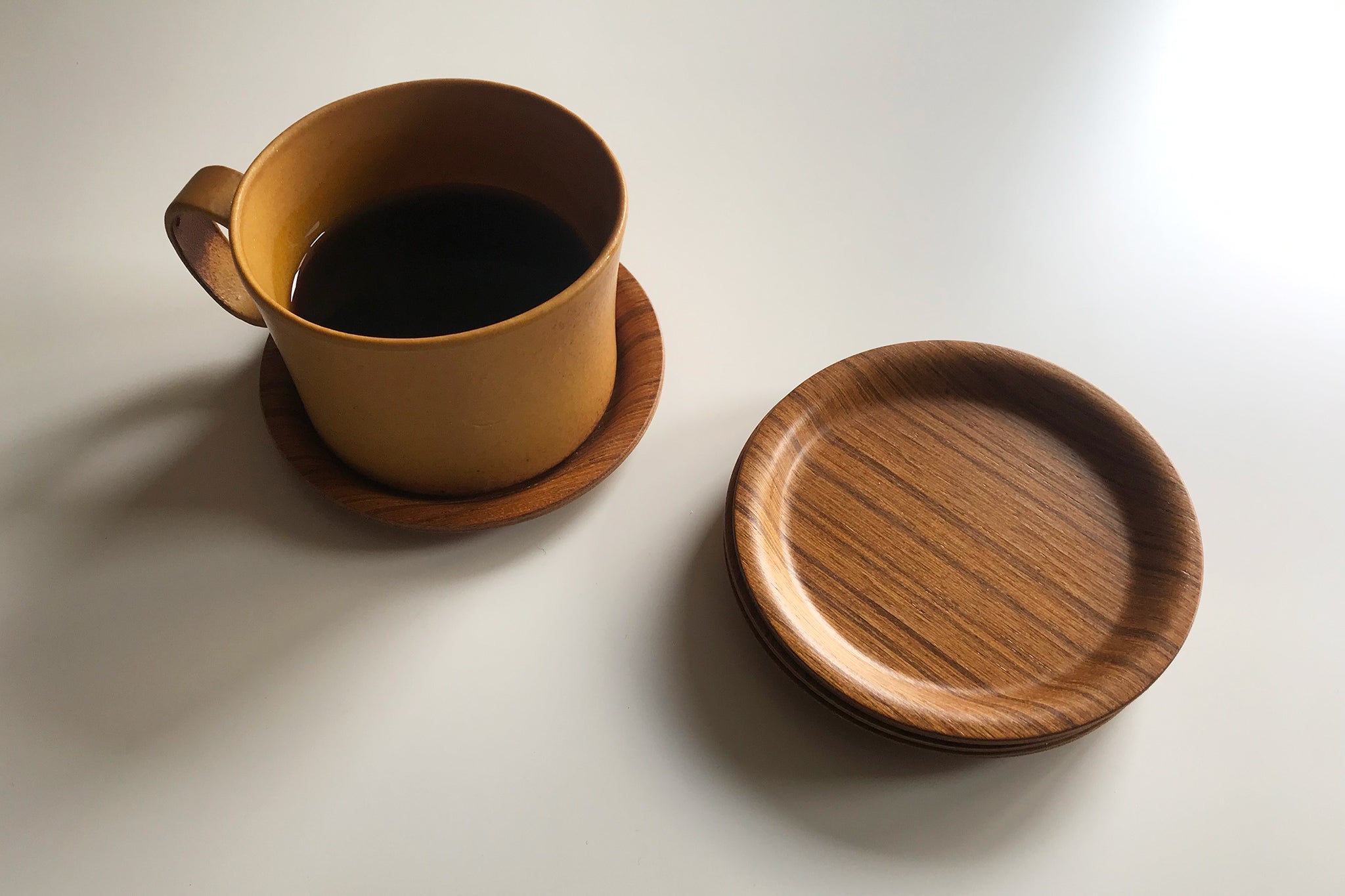
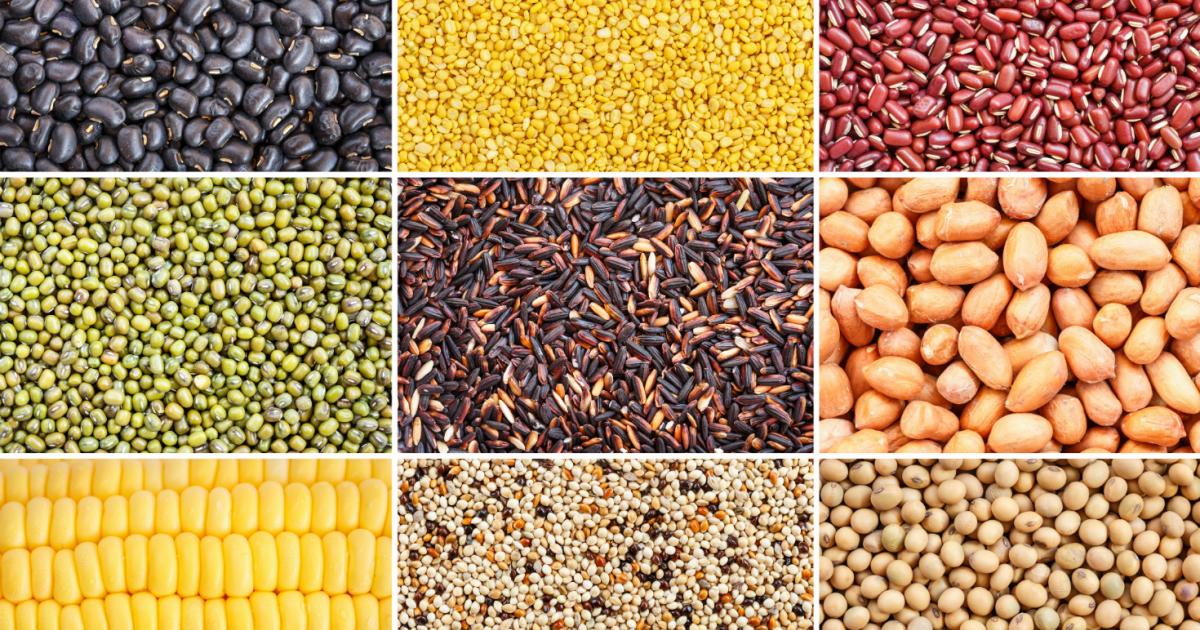
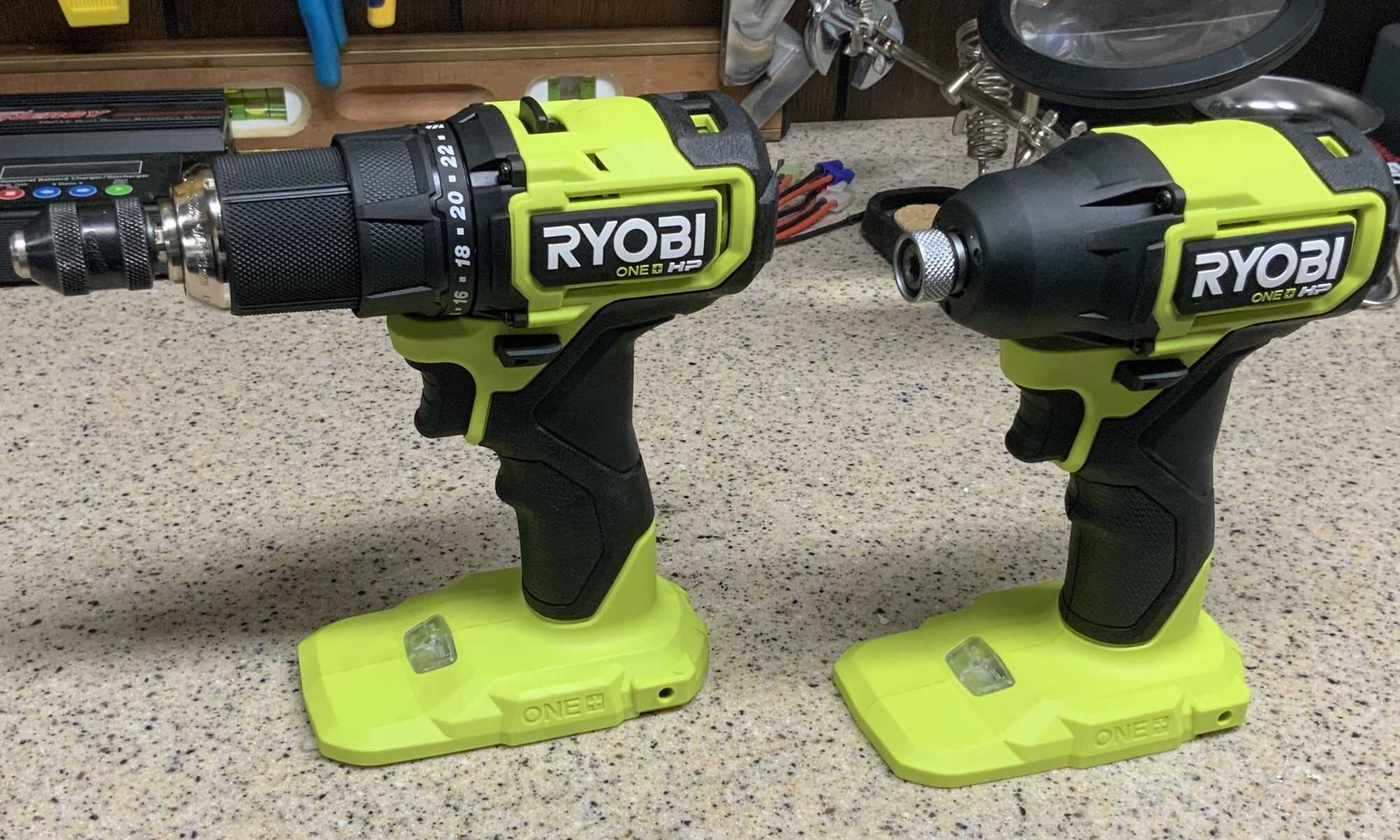
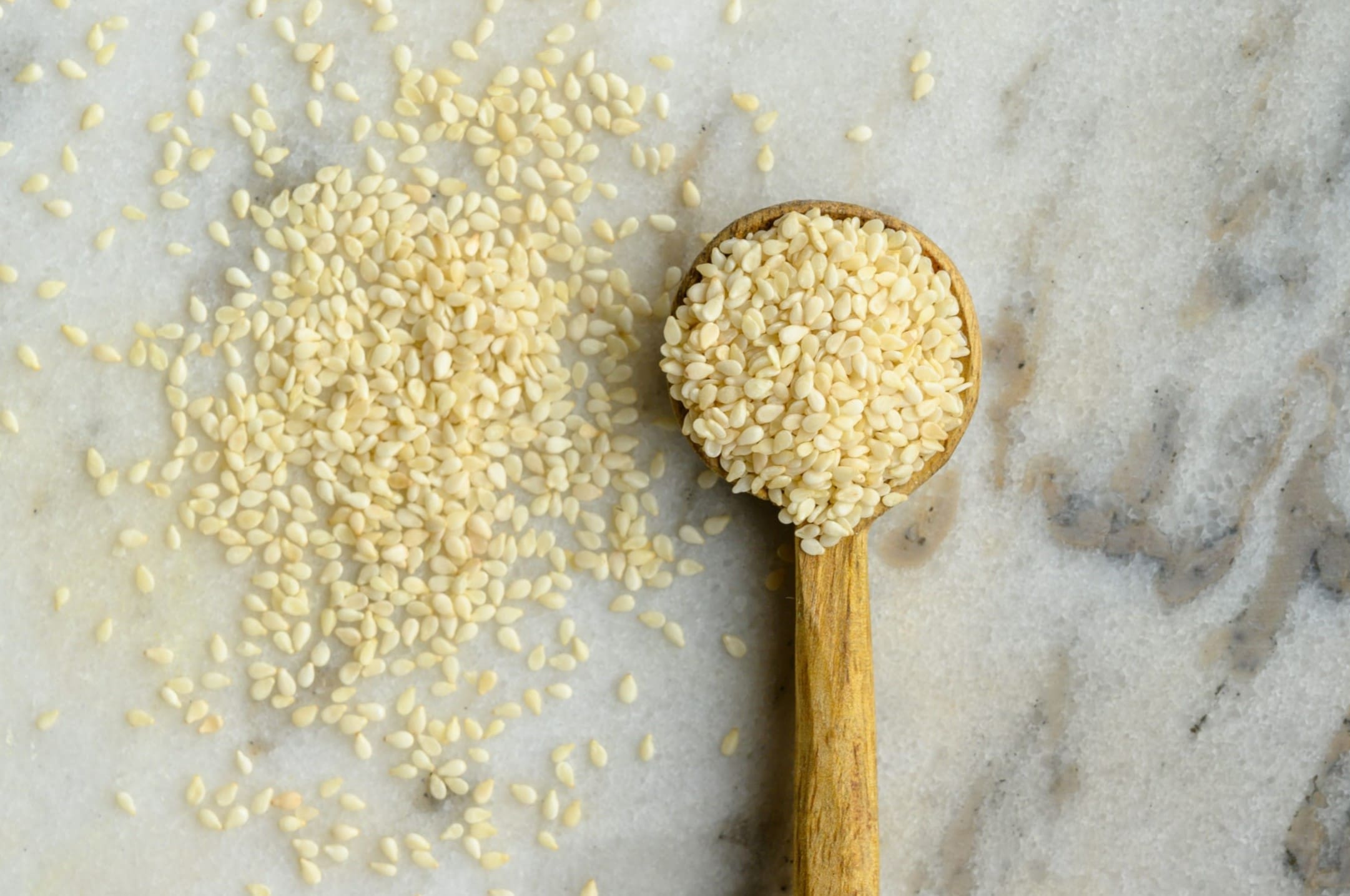
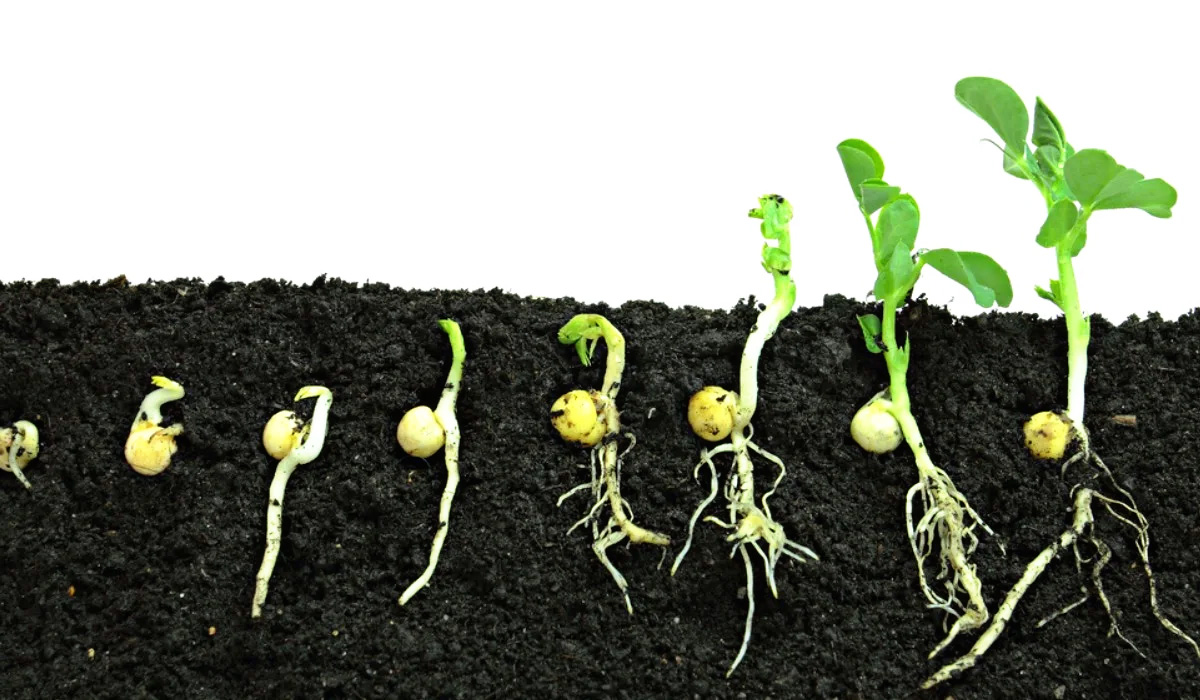

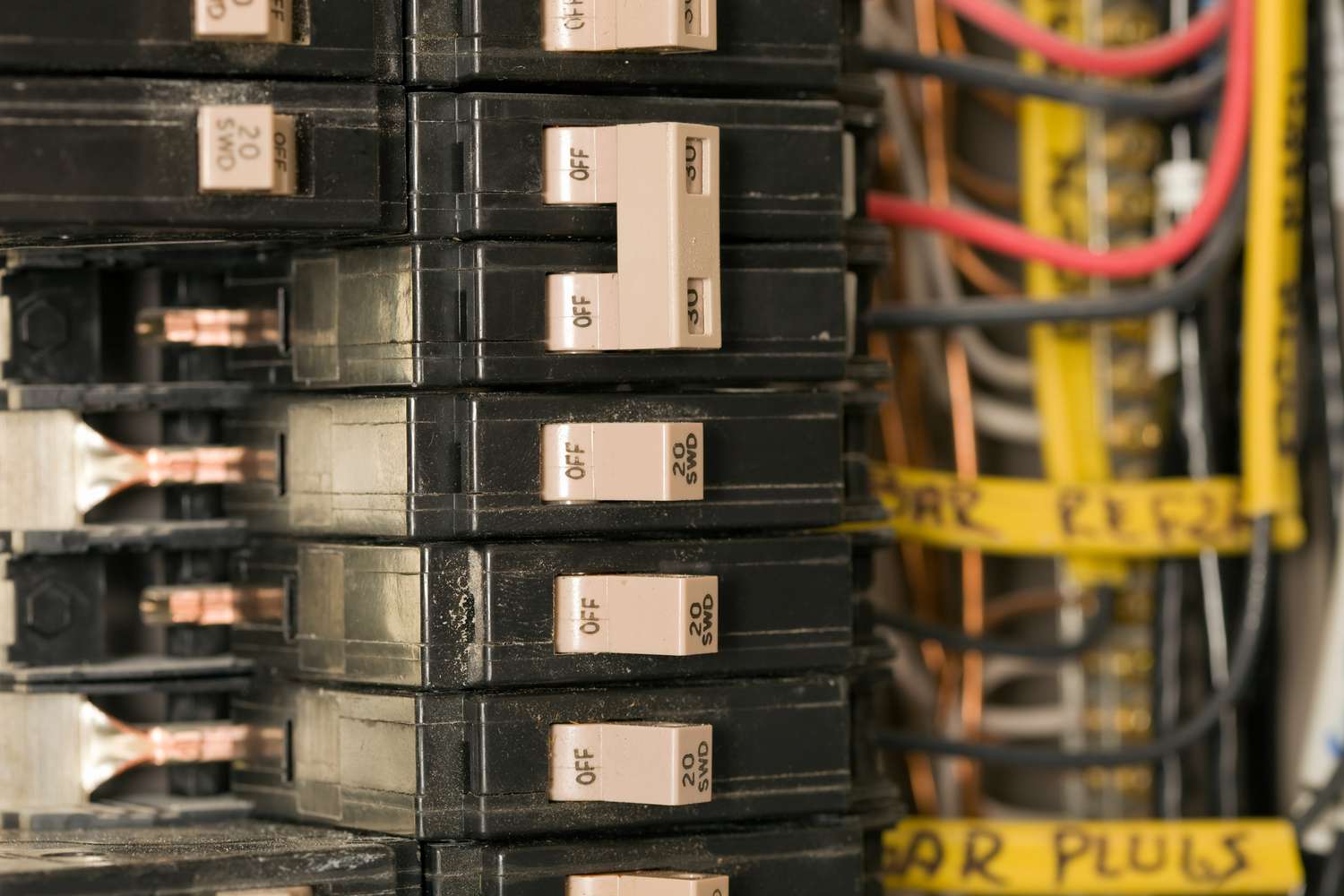
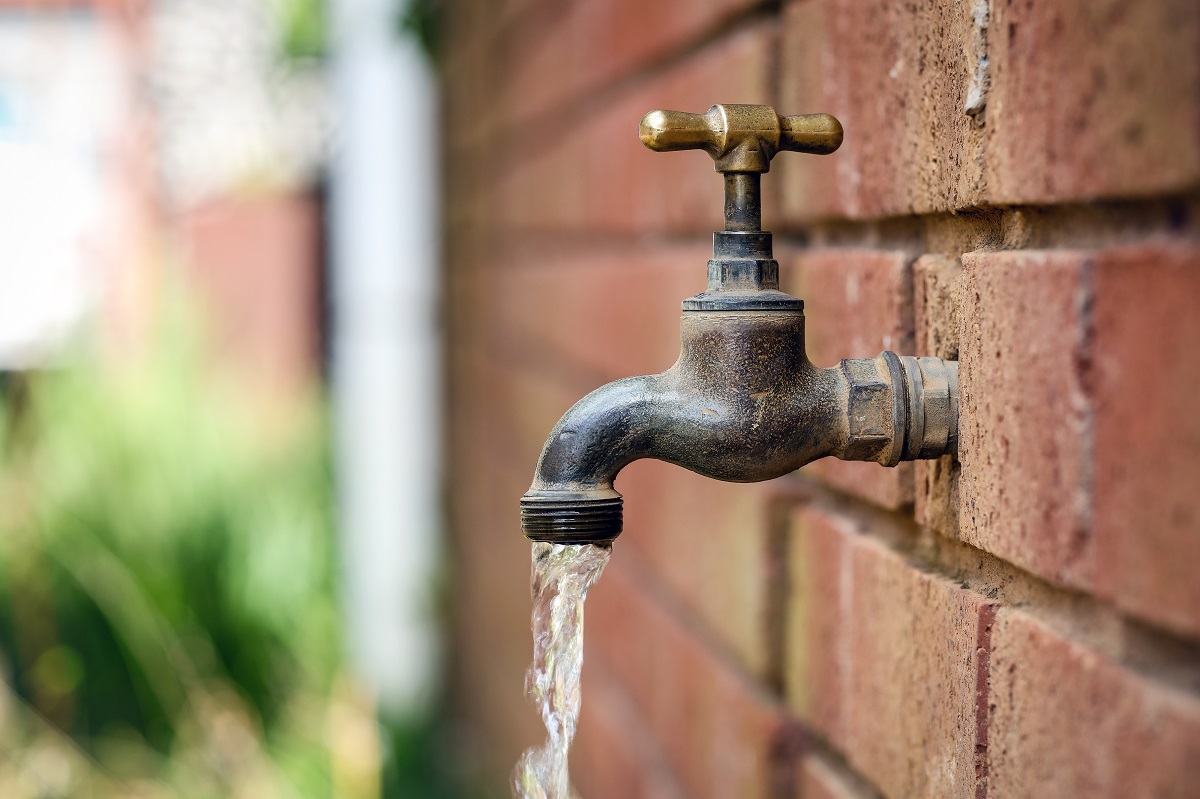
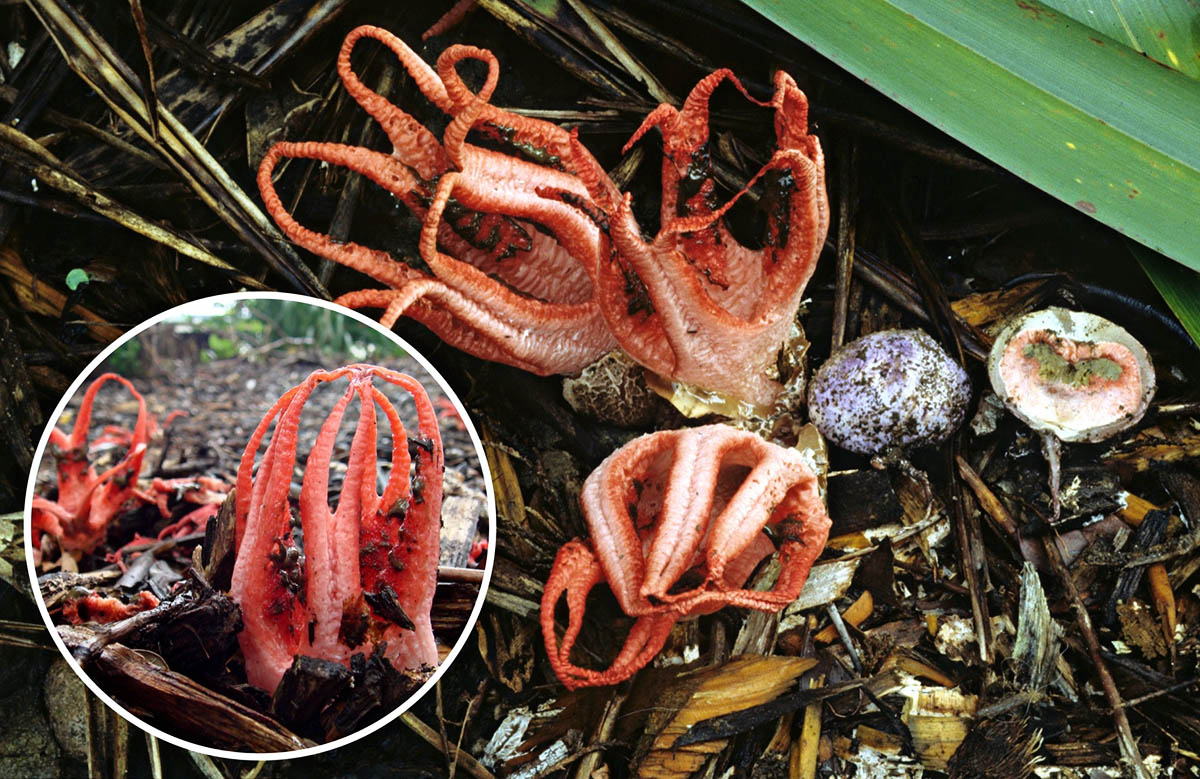

0 thoughts on “How Do Seed Drills Work”